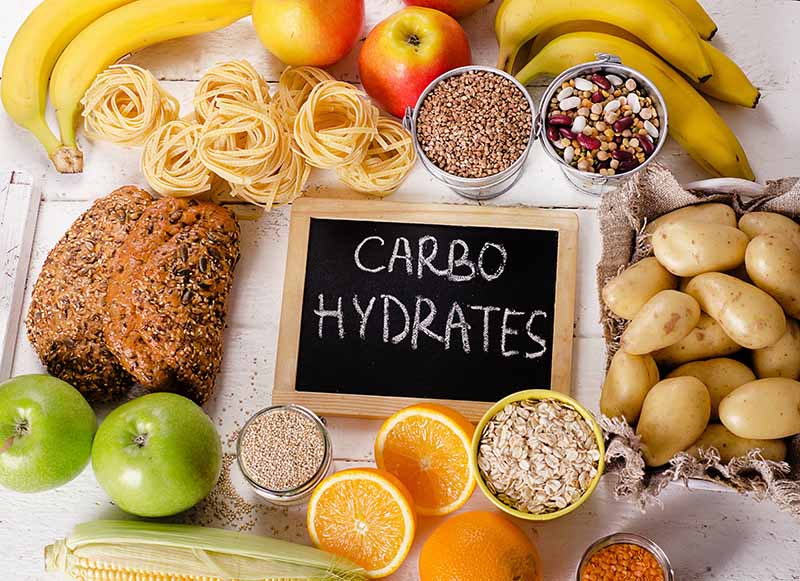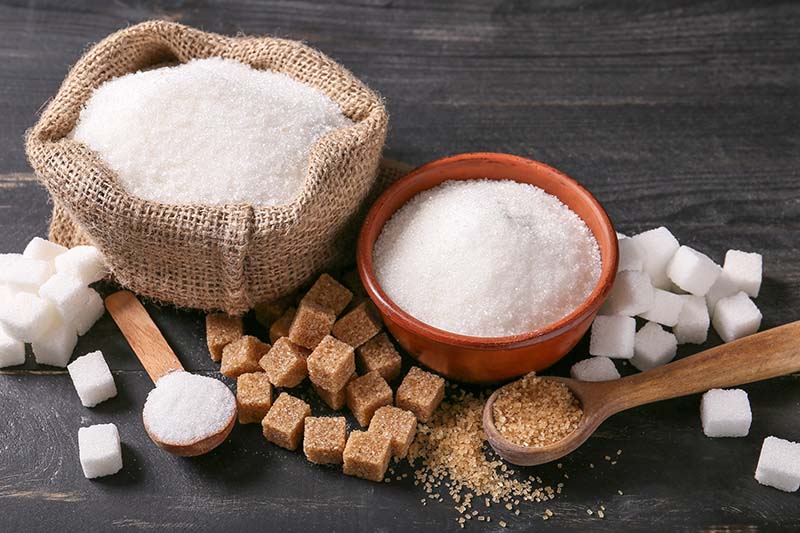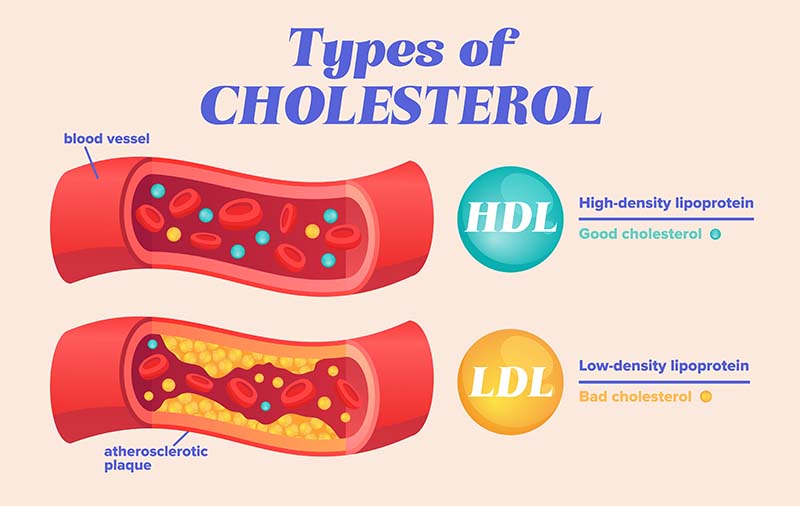Making sure that you are getting the right amount of calcium every day is vital to maintaining good health and nutrition. Calcium plays an important role in a number of bodily functions, such as muscle contraction, blood clotting, and nerve transmission. It also helps keep bones strong and healthy. With this in mind, it’s essential to make sure you’re getting your daily value – but how do you know what this should be? Here, we explore the importance of calcium and provide some tips on how to make sure that your diet supplies the optimal amounts for a healthier lifestyle.
Reasons why calcium is essential for your health
Calcium is a mineral that plays a crucial role in maintaining overall health and wellness. It is essential for strong bones and teeth, as well as proper muscle and nerve function. Calcium also helps blood vessels contract and expand, aids in blood clotting, and regulates heart rhythms. Without enough, bones can become weak and brittle, increasing the risk of fractures and osteoporosis later in life.
Additionally, calcium deficiency can lead to muscle cramps, tingling sensations, and an irregular heartbeat. To ensure you’re getting enough, it’s important to consume calcium-rich foods such as dairy products, leafy greens, and fortified cereals, or to take a supplement if necessary. Adequate intake is key to maintaining strong bones and optimal bodily function, making it a vital nutrient to prioritize in your diet.
How much you need on a daily basis

Calcium is an essential mineral that plays a vital role in maintaining healthy bones and teeth. The recommended daily intake for calcium varies depending on your age, gender, and overall health. For most adults, the recommended daily intake is between 1,000 and 1,300 milligrams per day. However, women over 50 and men over 70 require slightly more, as they are at a higher risk for bone loss and osteoporosis.
It is important to note that consuming too much can also have negative effects on the body, so it is crucial to follow the recommended daily intake and speak with a healthcare provider before taking any supplements. Incorporating calcium-rich foods into your diet, such as dairy products, leafy greens, and nuts, is the best way to ensure your body gets the calcium it needs.
Foods that are rich in calcium
Calcium is an essential nutrient that helps to keep our bones and teeth strong and healthy. While most people associate calcium with dairy products such as milk, cheese, and yogurt, there are plenty of other foods that are rich in this mineral. Leafy greens such as kale and spinach are excellent sources of calcium, as are almonds, tofu, and fortified plant-based milk. Seafood lovers can also benefit from calcium-rich options such as sardines and salmon.
Ensuring that you get enough in your diet is crucial, especially as you age, since a calcium deficiency can lead to osteoporosis and other bone-related issues. Incorporating a variety of calcium-rich foods into your diet can help to keep your bones and teeth healthy for years to come.
Different types of supplements and their benefits
Calcium supplements are an essential source of the mineral that is vital for keeping bones and teeth strong. There are different types of calcium supplements available, each with their own unique benefits.
Calcium carbonate is the most commonly used supplement and is well absorbed by the body. Calcium citrate, on the other hand, may be a better option for those who have trouble absorbing the mineral. Calcium phosphate is another type of supplement that is typically used in combination with other minerals such as magnesium and vitamin D.
Finally, coral calcium is derived from the coral reefs and is thought to provide additional health benefits beyond just calcium supplementation. It’s important to discuss with your healthcare provider which type of supplement is best for your individual needs.
Tips to incorporate more calcium-rich foods into your diet
Calcium is a mineral that is essential for strong, healthy bones and teeth. While many people might think that milk and dairy products are the only sources of calcium, there are actually many other options available! Some of the best non-dairy sources of calcium include leafy green vegetables like kale, spinach, and collard greens, as well as tofu, almonds, and fortified plant-based milks.
One easy way to incorporate more calcium-rich foods into your diet is to add a handful of almonds or a cup of spinach to your morning smoothie. You could also try swapping out your usual side dish for some roasted broccoli or adding some sesame seeds to your salad. By making small, simple changes to your diet, you can ensure that you’re getting enough to support your overall health and well-being.
Potential risks of taking too much supplements and how to avoid them
Calcium is an essential mineral necessary for the proper functioning of our body. It plays a crucial role in maintaining strong bones and teeth, controlling muscle contractions, and regulating the heartbeat. However, it’s important to note that taking too much can lead to potential health risks. Overconsumption of supplements can cause constipation, kidney stones, and interfere with the absorption of other essential minerals such as iron and zinc. To avoid such risks, it’s important to calculate your daily calcium intake and monitor the supplements accordingly.
Additionally, it’s best to get calcium from natural sources such as dairy products, green leafy vegetables, nuts, and seafood. By being mindful of your calcium intake, you can reap its benefits while avoiding any potential health hazards.
Staying healthy with Fruit IQ
In conclusion, calcium is an essential element for proper health and functioning. Knowing how much of it your body needs each day as well as where to get it from are important steps in making sure that you are getting enough. From foods such as dairy, sardines, almonds, tofu, and broccoli to different supplements like chelated calcium or liquid calcium citrate, there are many ways to add more of this nutrient into your diet. However, if taking supplements over a long period of time, you should be mindful and take certain precautions to avoid taking too much.
At Fruit IQ, we are on a mission to provide you and your children with a healthy alternative to candy. With zero added sugar and a good source of fiber, Fruit IQ’s fruit rolls make a great, guilt-free addition to any diet. To learn more, please visit our website and get to shopping today!









